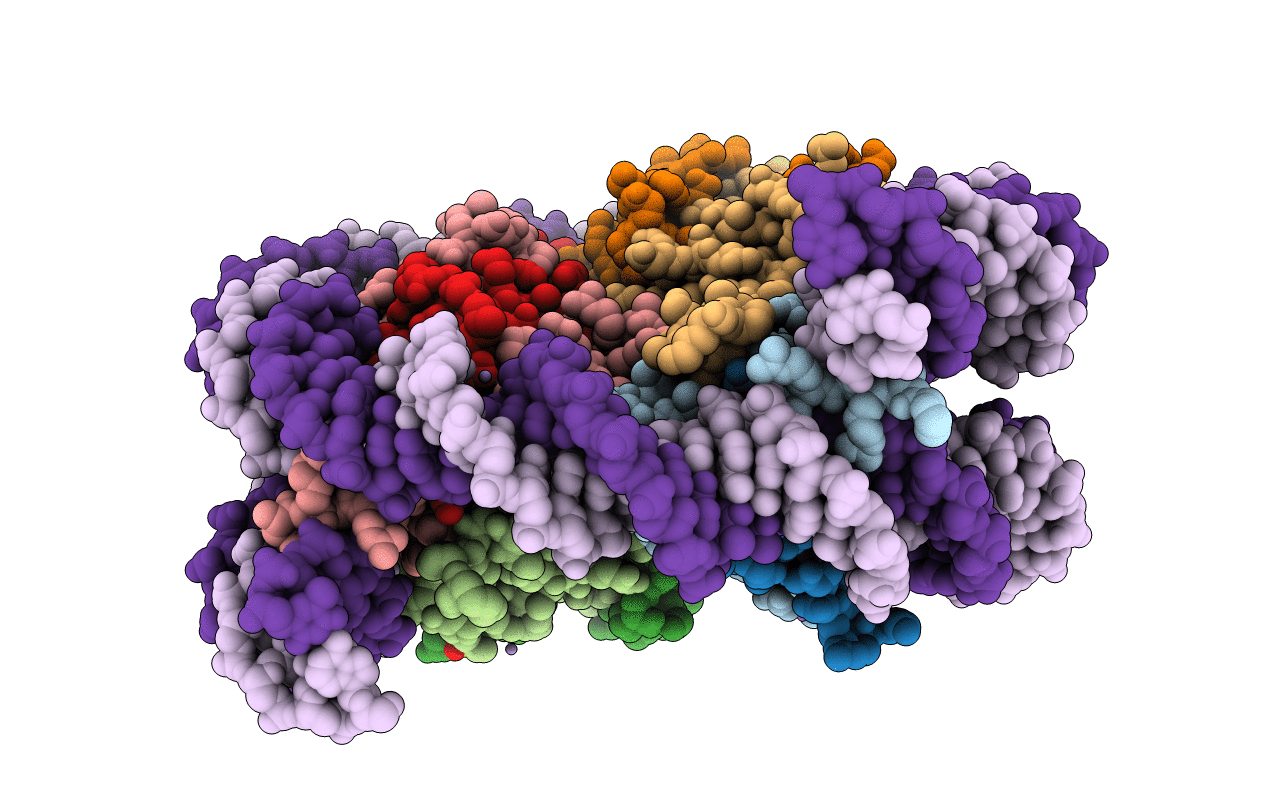
Deposition Date
2011-04-04
Release Date
2012-03-14
Last Version Date
2023-09-13
Entry Detail
PDB ID:
3REJ
Keywords:
Title:
2.55 Angstrom Crystal Structure of the Nucleosome Core Particle Assembled with a 146 bp Alpha-Satellite DNA (NCP146b)
Biological Source:
Source Organism:
Xenopus laevis (Taxon ID: 8355)
Homo sapiens (Taxon ID: 9606)
Homo sapiens (Taxon ID: 9606)
Host Organism:
Method Details:
Experimental Method:
Resolution:
2.55 Å
R-Value Free:
0.26
R-Value Work:
0.23
R-Value Observed:
0.23
Space Group:
P 21 21 21


